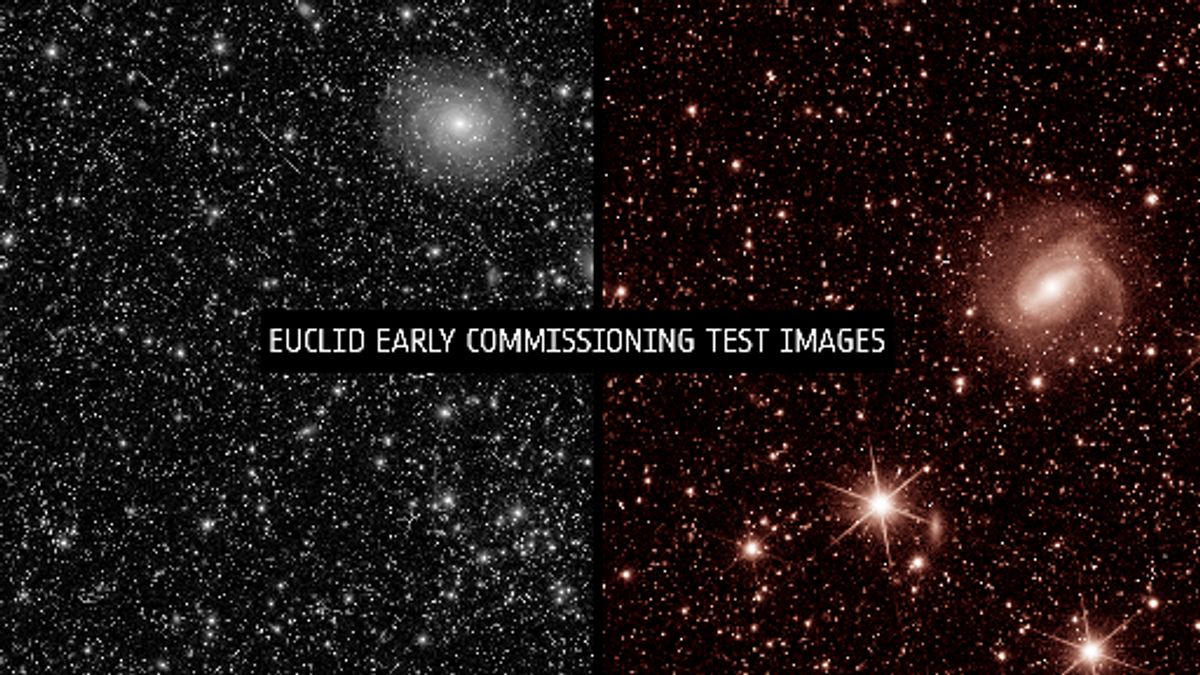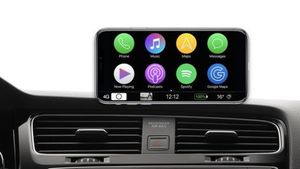JAKARTA - After arriving at its destination orbit of Lagrange Sun-Earth 2 (L2), the Euclidean Telescope belonging to the European Space Agency (ESA) showed off the first image of the experiment.
Using two telescope instruments, namely VISible (VIS) and Near-Infrared Spectrometer and Photometer (NSP) instruments, stunning images show Euclidean will achieve the scientific goals it has designed for it and perhaps more.
While there are still months before the Euclidean Telescope provides a new true view of the cosmos, with this image, scientists behind the mission believe telescopes and instruments are working well.
"After more than 11 years of designing and developing Euclidean, it was very encouraging and very emotional to see this first image," project manager Euclid Giuseppe Racca said in a statement quoted from the ESA website, Tuesday, August 1.
Even more extraordinary when we thought we saw only a few galaxies here, produced with minimum system tuning. Fully calibrated Euclideans will eventually observe billions of galaxies to create the largest 3D sky maps ever," he added.
In the first picture, some galaxies can be easily recognized, some blurry clumps are also seen hidden among the stars, waiting to be revealed by the Euclidean Telescope in the future.
Although the image is full of details, the sky area covered is actually only about a quarter of the full moon's width and height.
However, according to the Euclidean team, the image is even more special, considering they were scared when they first turned on the instrument.
The Euclidean team once captured an unexpected light pattern that polluted the image. Then, further investigations were carried out and showed there was sunlight into the telescope, perhaps through a small gap.
The light, it turns out, is only detected at a certain orientation. For information, VIS will take super sharp images of billions of galaxies to measure its shape.
Meanwhile, NISP has a dual role for imaging galaxies in infrared light and measuring the amount of light that galaxies emit at various wavelengths.
The role of these two instruments allows scientists to know firsthand how far each galaxy is.
By combining distance information with measured galaxy shapes with VIS, scientists can map out how galaxies are distributed across the Universe, and how these distributions change over time.
In the end, the 3D map will teach about dark matter and dark energy. Over the next few months, ESA and co-industrials will continue to carry out all the tests and checks needed to ensure the Euclidean Telescope works as well as possible.
At the end of the commissioning and performance verification phase, true knowledge will begin. At that time, ESA will release a new set of images to demonstrate the mission capabilities of the Euclidean Telescope.
The English, Chinese, Japanese, Arabic, and French versions are automatically generated by the AI. So there may still be inaccuracies in translating, please always see Indonesian as our main language. (system supported by DigitalSiber.id)













